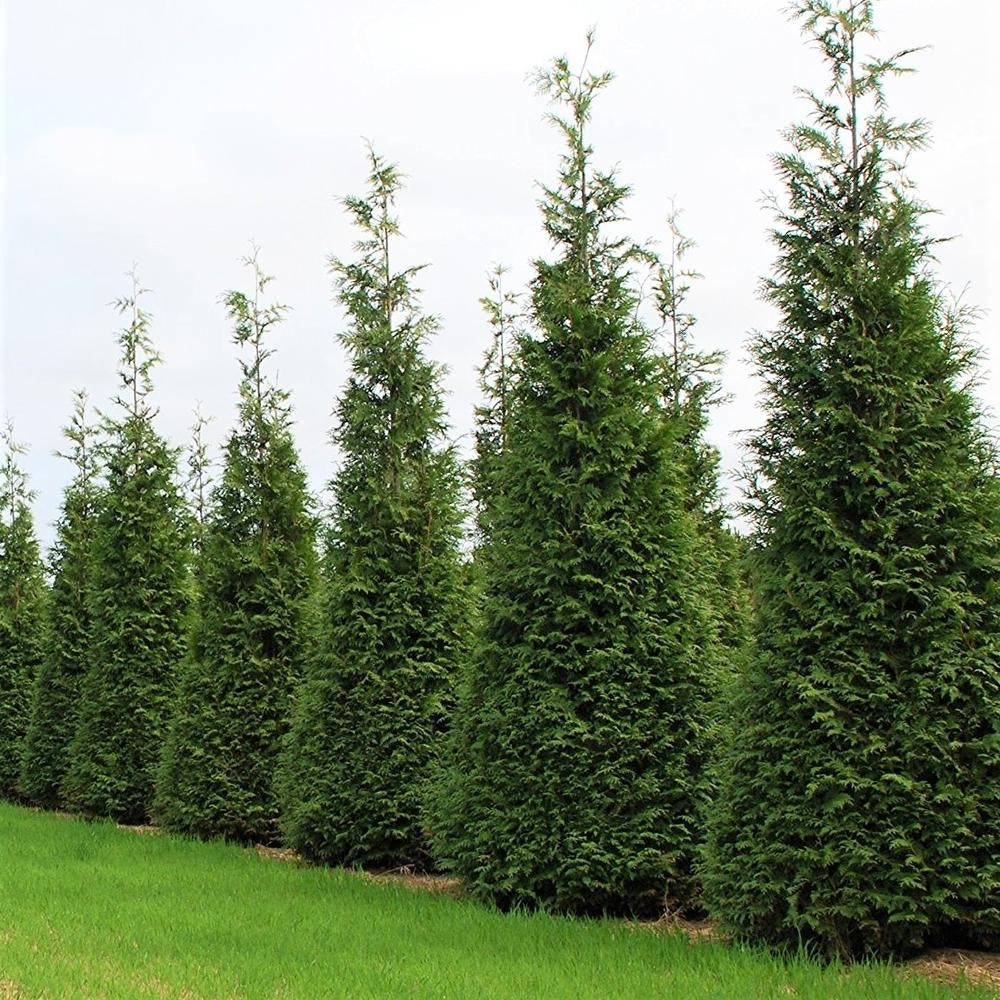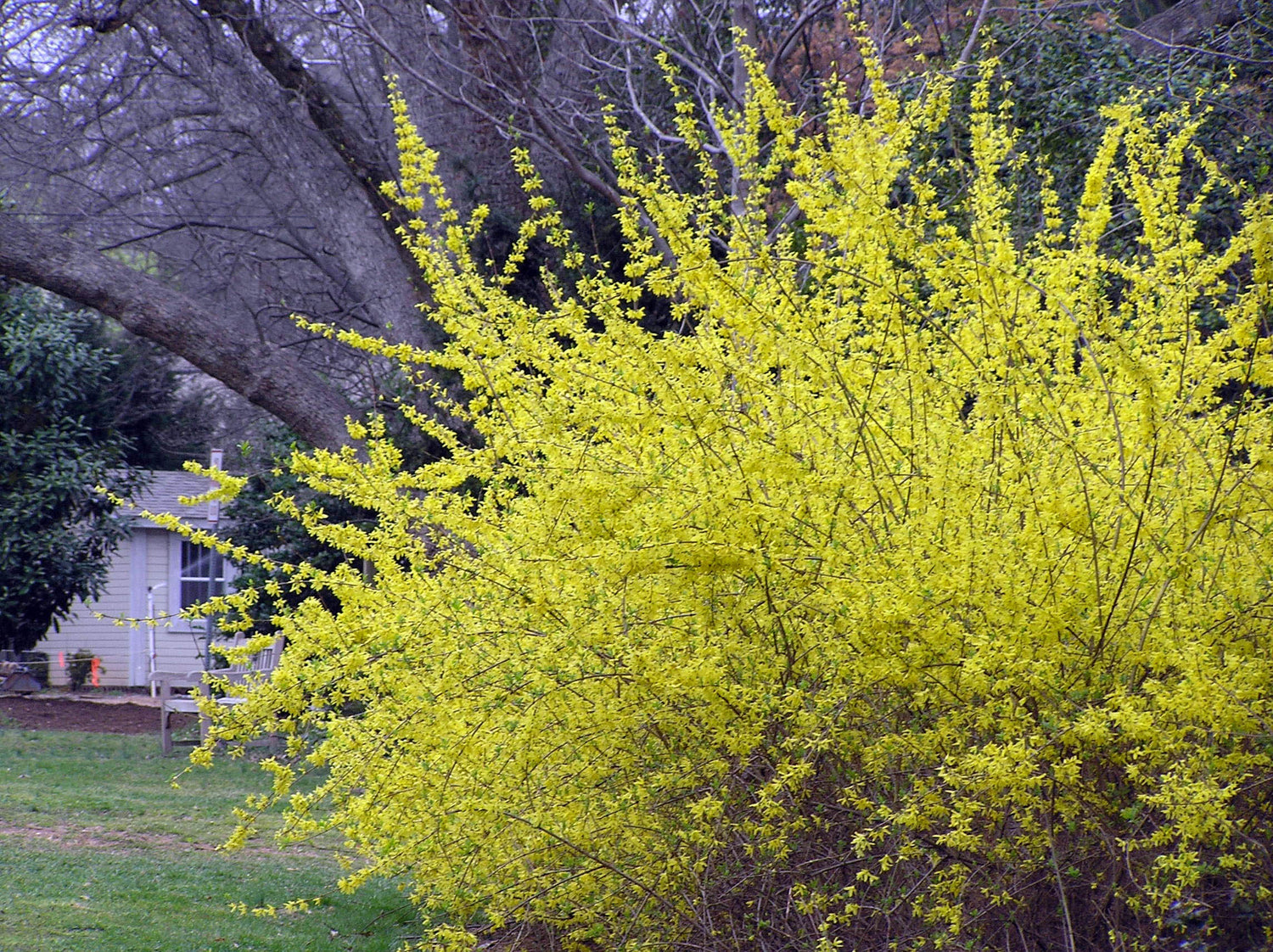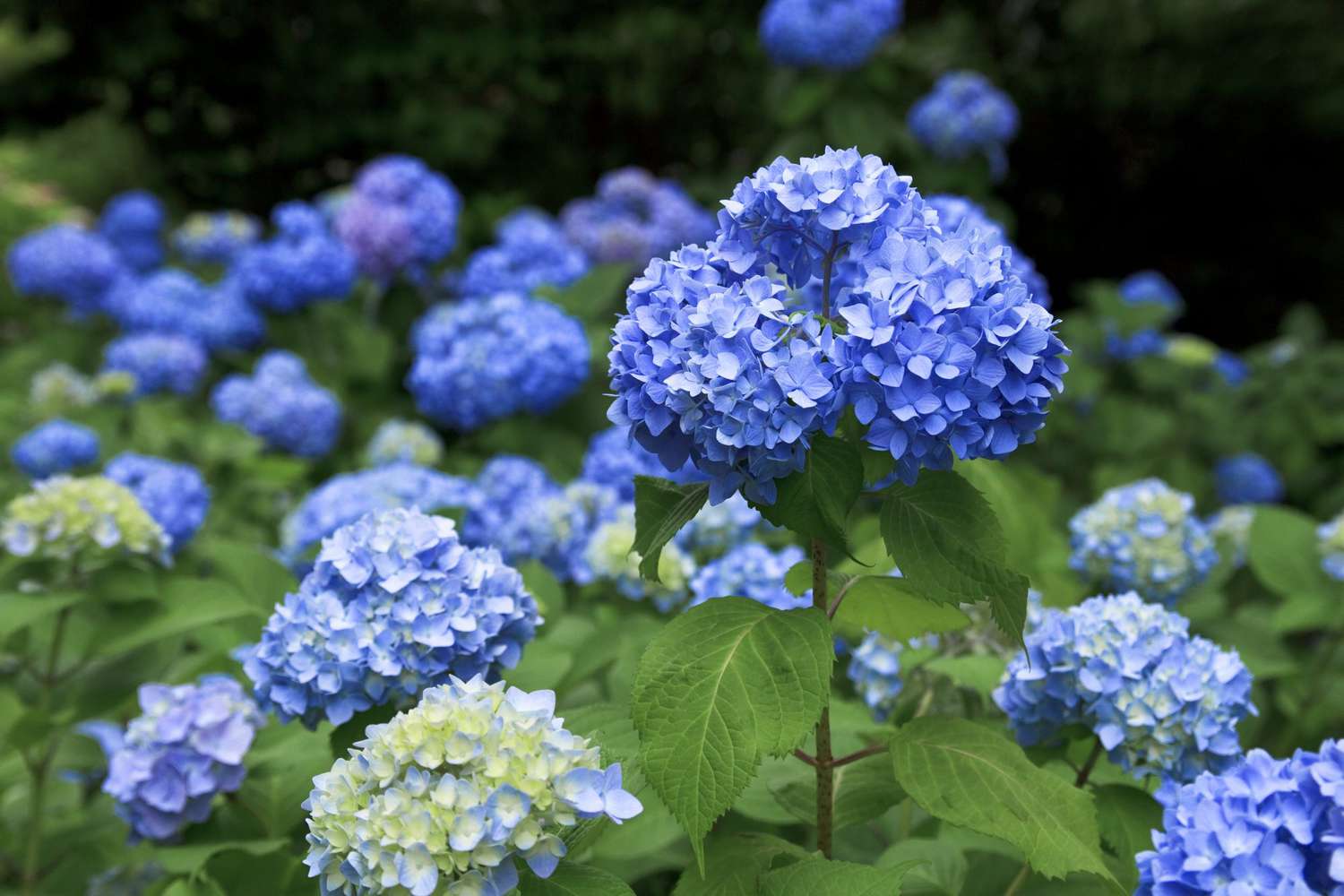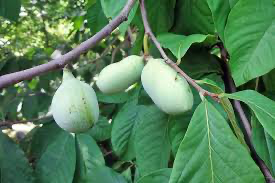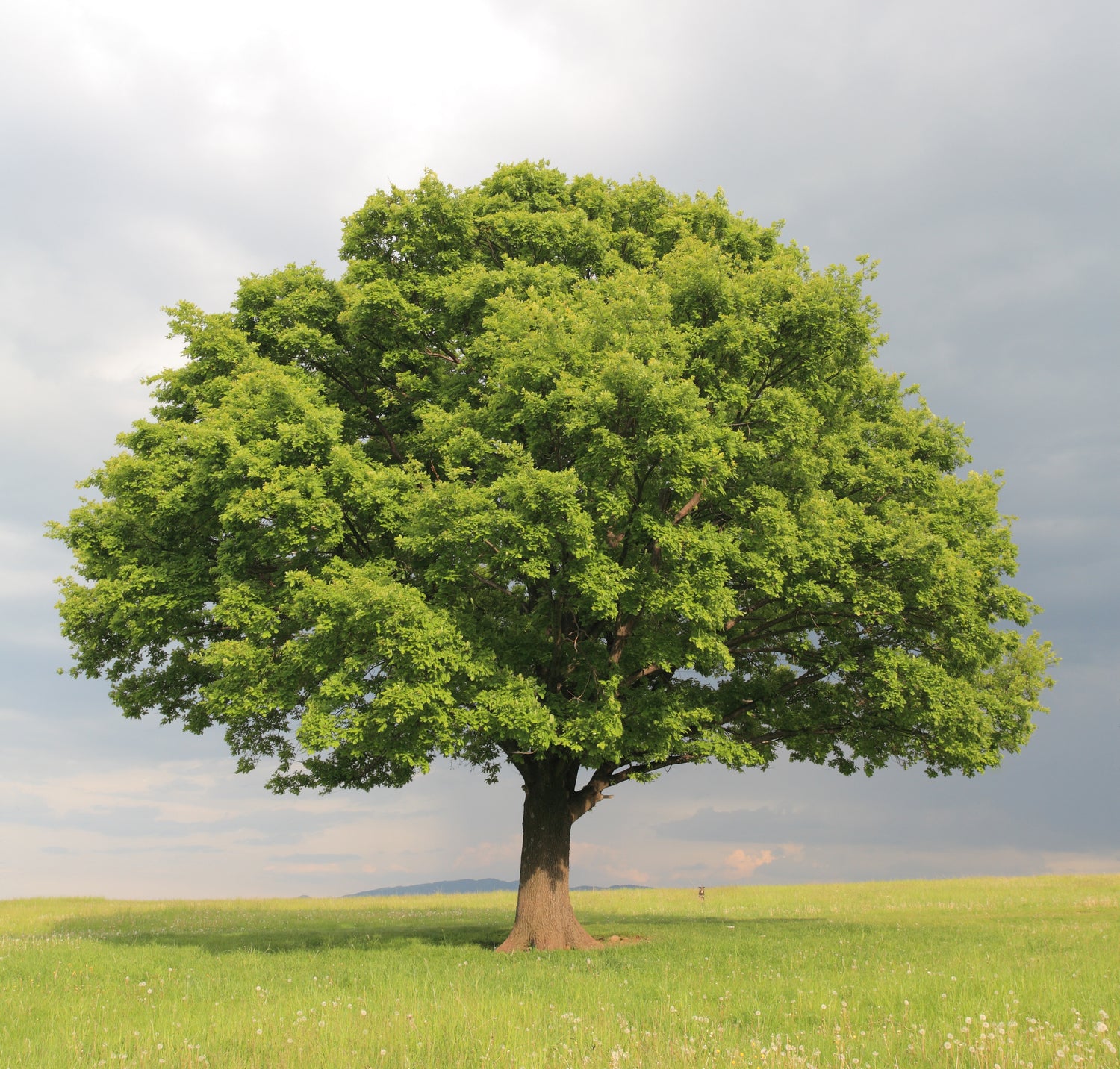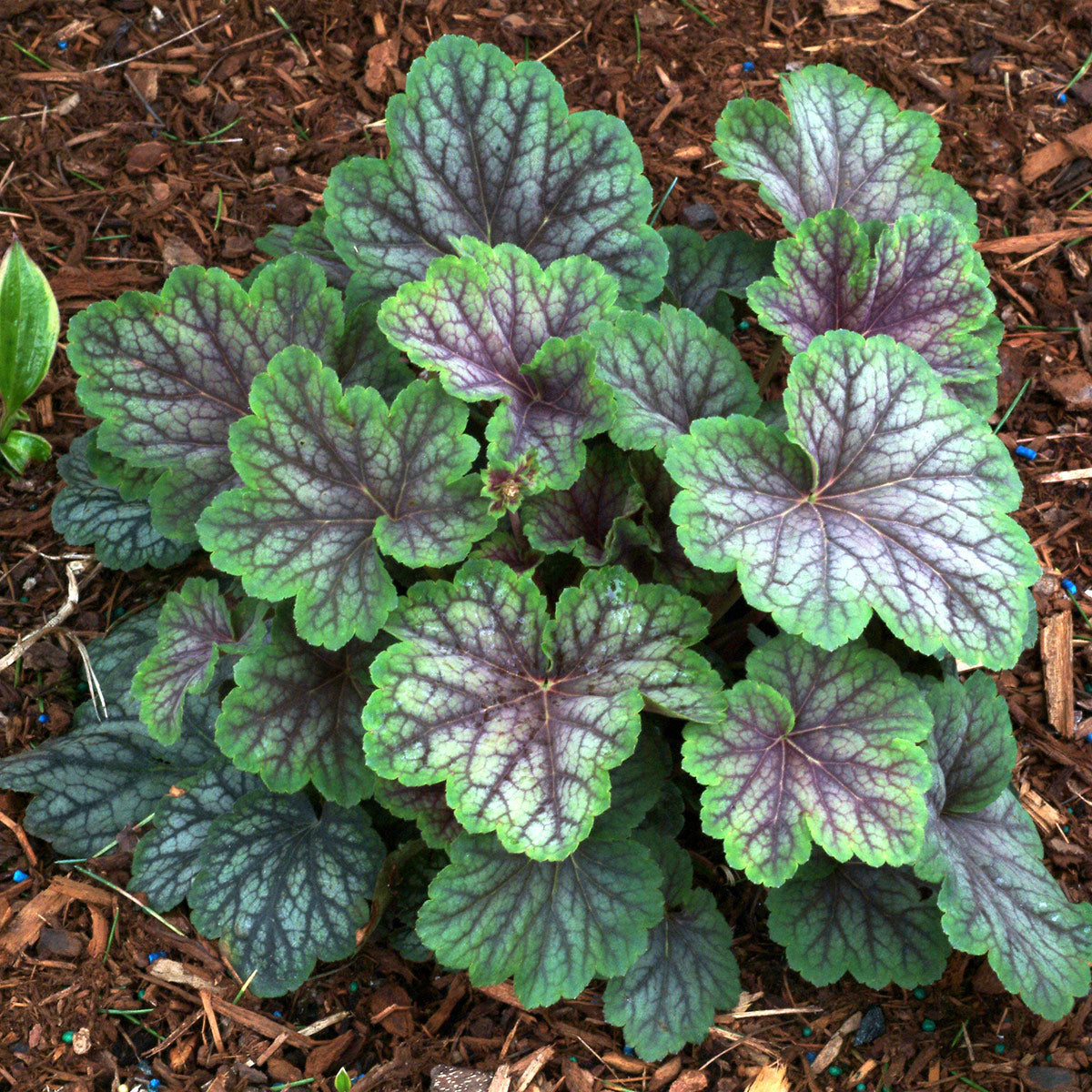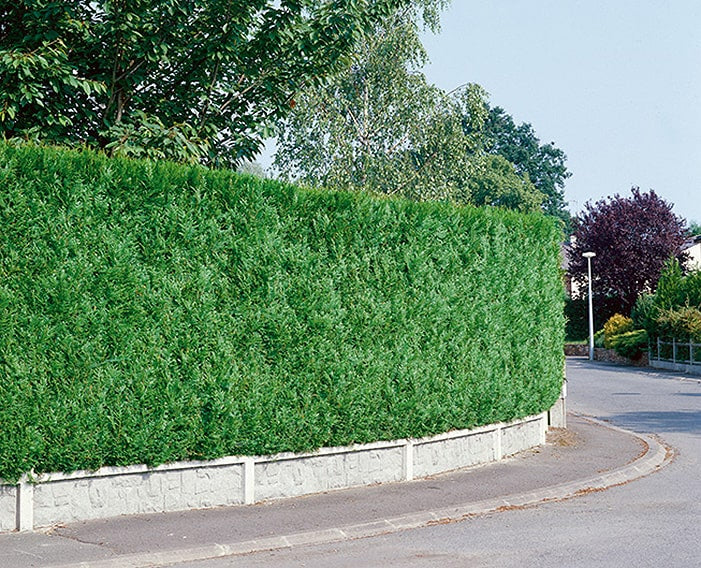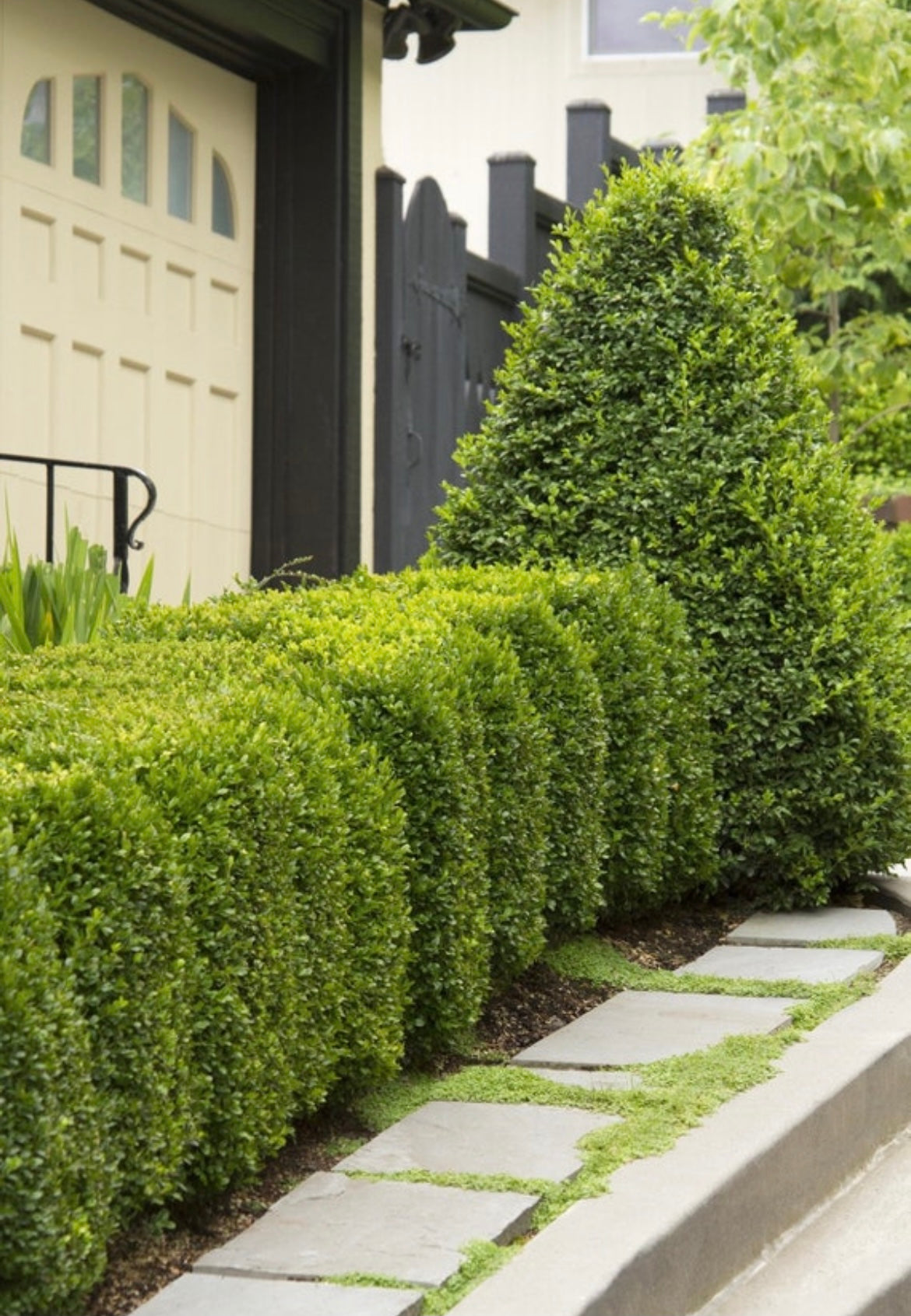Every fall, pumpkins take center stage. From pumpkin spice lattes to jack-o’-lanterns, these orange gourds are a staple of the season. However, what many people don’t realize is the staggering amount of pumpkin waste that occurs each year. According to the U.S. Department of Agriculture, over 1 billion pounds of pumpkins are produced annually, and a significant portion ends up in landfills. But it doesn’t have to be this way. There are plenty of creative and sustainable ways to use pumpkins, reducing waste and benefiting your household in the process.

Reduce Pumpkin Waste: Creative and Eco-Friendly Solutions
Every fall, pumpkins take center stage. From pumpkin spice lattes to jack-o’-lanterns, these orange gourds are a staple of the season. However, what many people don’t realize is the staggering amount of pumpkin waste that occurs each year. According to the U.S. Department of Agriculture, over 1 billion pounds of pumpkins are produced annually, and a significant portion ends up in landfills. But it doesn’t have to be this way. There are plenty of creative and sustainable ways to use pumpkins, reducing waste and benefiting your household in the process.
The Environmental Impact of Pumpkin Waste
The environmental cost of pumpkin waste is more than just the space it takes up in landfills. When organic matter like pumpkins decomposes in a landfill, it produces methane, a potent greenhouse gas that contributes to climate change. Methane is over 25 times more effective at trapping heat in the atmosphere than carbon dioxide, making it a significant driver of global warming.
Reducing pumpkin waste is not just about keeping landfills less crowded; it's about taking an active role in combating climate change. By finding alternative uses for your pumpkins, you’re not just reducing waste; you’re also doing your part to combat global warming. Plus, the nutrients in pumpkins can be put to much better use than sitting in a landfill.
For more ways to contribute to sustainable living, consider exploring how composting can turn kitchen waste into garden gold with this article on Sustainable Living with Composting.
Creative Culinary Uses for Pumpkins
Pumpkin Puree
One of the most straightforward ways to use a pumpkin is to make pumpkin puree. It's a versatile ingredient that can be used in soups, pies, smoothies, and more. Homemade pumpkin puree is fresher and often more flavorful than store-bought versions.
Ingredients:
- Pumpkin
- Water
Steps:
- Cut the pumpkin into chunks. Choose a pumpkin variety that’s ideal for cooking, such as sugar pumpkins, for the best results.
- Remove the seeds and skin. Save the seeds for roasting.
- Boil the chunks until tender. This usually takes about 20-30 minutes.
- Blend until smooth. Use a blender or food processor for a creamy texture.
Store your homemade pumpkin puree in the refrigerator for up to a week, or freeze it for later use. This puree can replace canned pumpkin in any recipe, adding a touch of freshness to your favorite fall dishes.
Roasted Pumpkin Seeds
Don't throw away those seeds! Pumpkin seeds are not only edible but also packed with nutrients like magnesium and zinc. They make for a delicious and healthy snack that’s easy to prepare.
Ingredients:
- Pumpkin seeds
- Olive oil
- Salt
Steps:
- Remove seeds from the pumpkin and rinse. Make sure to remove any pumpkin flesh sticking to them.
- Toss with olive oil and salt. Feel free to add spices like paprika, cayenne, or cinnamon for extra flavor.
- Roast in the oven until crispy. Bake at 350°F (175°C) for 12-15 minutes, stirring halfway through.
These seeds can be stored in an airtight container and used as a topping for salads, soups, or just enjoyed as a crunchy snack.
To efficiently make your pumpkin puree, consider using a reliable kitchen tool like the Cuisinart Mini-Prep Plus Food Processor, which simplifies the blending process and saves time.
Sustainable Gardening with Pumpkin Composting
If your pumpkin is too far gone to be used in cooking, consider composting it. Pumpkins are rich in nutrients that can enrich your soil, turning waste into a valuable resource for your garden.
Composting Steps:
- Remove any candles or synthetic decorations. Ensure that only organic material is composted.
- Cut the pumpkin into smaller pieces. This will speed up the decomposition process.
- Add to compost bin or pile. Mix with other organic materials, like leaves or grass clippings, to balance the compost.
Composting pumpkins not only enriches your garden soil but also reduces methane emissions from landfills. It’s a win-win for both you and the environment. For more on transforming your garden with sustainable practices, explore "The Power of Leaves: Transform Your Garden with Sustainable Mulching".
Crafty Pumpkin Projects
For those who enjoy crafting, pumpkins offer a plethora of DIY opportunities. From pumpkin vases to bird feeders, the possibilities are endless.
Pumpkin Vases
Turn hollowed-out pumpkins into beautiful, rustic vases for your fall floral arrangements. Simply cut off the top, scoop out the insides, and insert a glass jar or vase for holding water and flowers.
Pumpkin Bird Feeders
Create a bird feeder by cutting a pumpkin in half and filling it with bird seed. Hang it from a tree branch using string or wire, and watch as local wildlife comes to visit.
Other DIY Ideas
- Pumpkin Candle Holders: Hollow out small pumpkins to hold votive candles.
- Pumpkin Planters: Use small pumpkins as natural planters for succulents or other small plants.
- Decorative Pieces: Paint or carve designs for festive decorations.
For all your pumpkin crafting needs, the Mod Podge Craft Set can be a useful tool, providing a perfect adhesive and finish for your DIY projects.
Community and Charitable Pumpkin Use
If you find yourself with more pumpkins than you can use, consider donating them. Many farms and community gardens will gladly accept pumpkins for composting or animal feed.
- Donate to Farms: Local farms can use pumpkins for animal feed or composting.
- Community Gardens: Contribute pumpkins to community gardens to help enrich the soil.
- Local Food Banks: Contact local food banks or shelters that might use pumpkins for meals or events.
By sharing pumpkins with your community, you not only reduce waste but also foster a sense of community and shared responsibility. For more ideas on maximizing space and contributing to sustainable community efforts, check out the Maximizing Space: A 25×50 ft Victory Garden Plan for Families.
From Waste to Resource
By being mindful of how we use our pumpkins, we can significantly reduce waste and its associated environmental impact. This fall, instead of tossing that pumpkin, think of how you can repurpose it. Whether you're cooking, crafting, or composting, there are countless ways to make pumpkins a part of your sustainable lifestyle.
So take action today. Start with small changes and inspire others in your community to do the same. Together, we can turn pumpkin waste into a valuable resource and contribute to a healthier planet.
To further enhance your garden, consider adding a variety of food trees that thrive in nutrient-rich soil, and explore perennials for a lasting impact.



